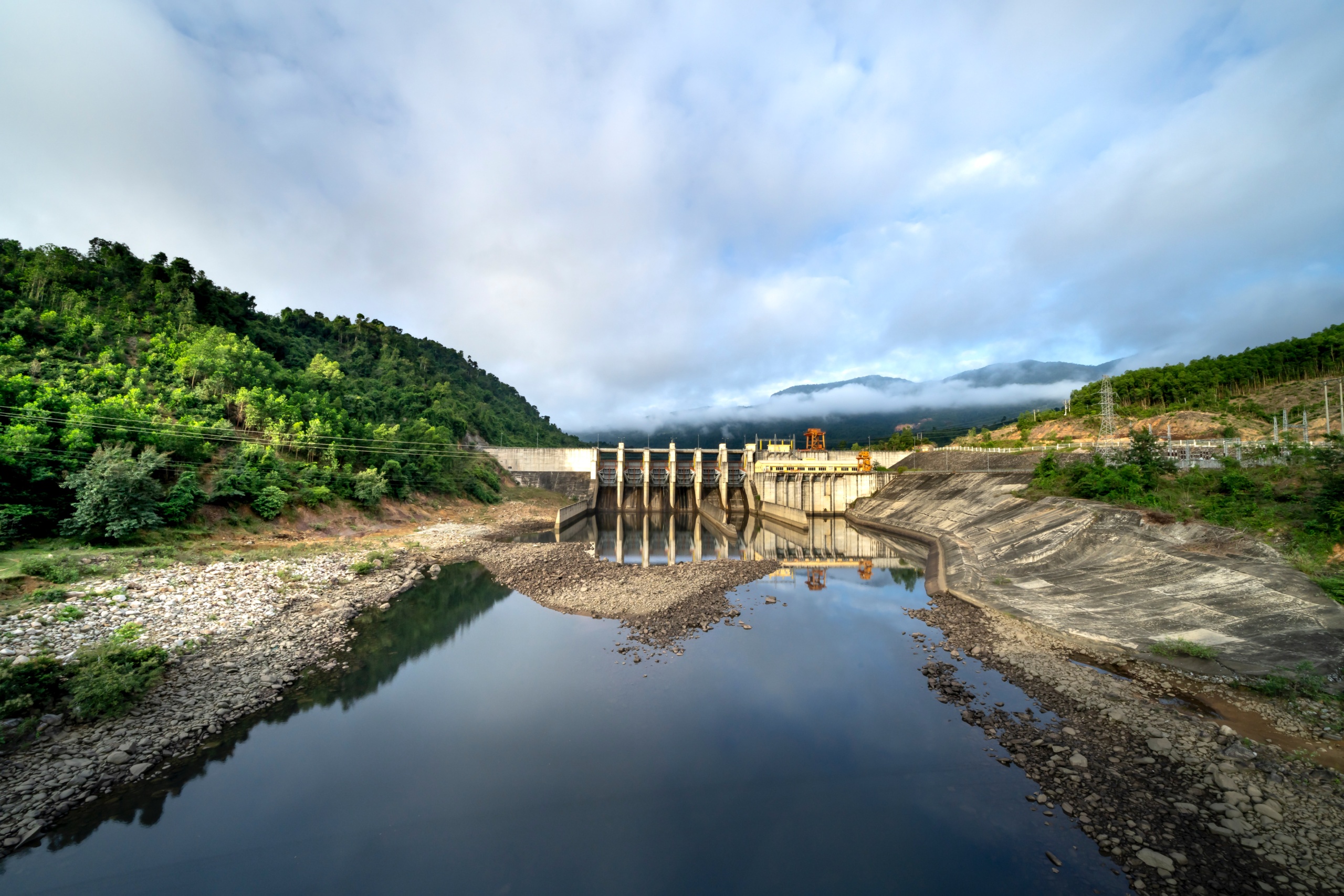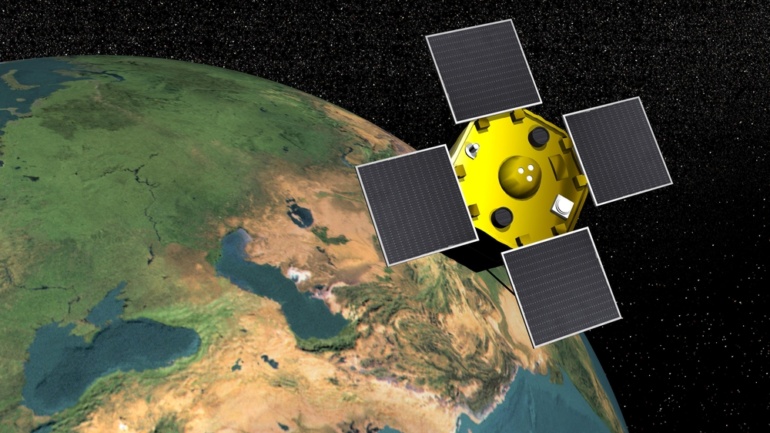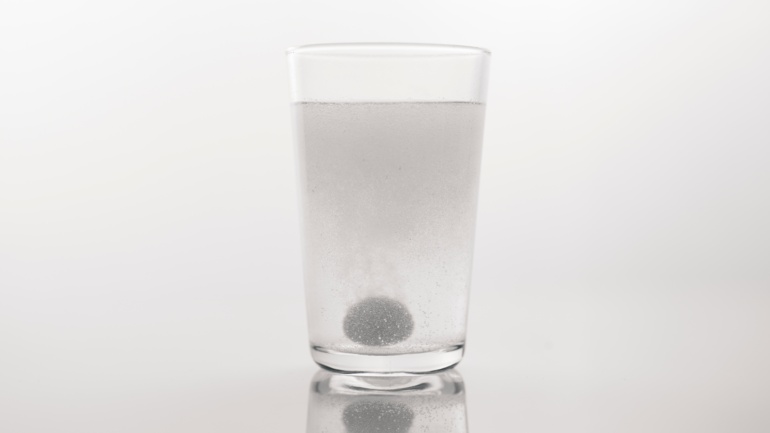By Samhar Almomani, Publishing Associate: Researcher and Writer at Save the Water™ | October 10, 2023
Solar energy is being explored as a promising way of creating a sustainable freshwater supply. In theory, using solar energy in this way is cheap and effective. However, advances in this technology have been set back by performance degradation that results from salt build-up. For a long time, the dream of being able to use solar energy to produce freshwater seemed out of reach.
Climate change has caused the drying of many important freshwater sources. Thus, scientists have prioritized the search for a sustainable and effective way of creating drinking water. People may be facing a large-scale drought soon unless new solutions are found. This urgency has resulted in cross-collaboration between engineers, energy scientists, environmental researchers, and policymakers.
Using New Solar Energy Technology
A recent article shows that the logistical problems that researchers were facing with performance decay could be reduced by using “a confined saline layer as an evaporator.” The evaporator layer works by using sunlight heat to evaporate water. Then, the vaporized water gets funneled to another section of the device. This leaves the salt behind, allowing it to be separated from the seawater and create drinking water.
This device has been shown to be highly effective. It’s said to have a high water production rate than other solar water desalination techniques that are being studied. Additionally, it has a higher salt rejection rate than those techniques.The researchers have predicted that if this device was scaled up to the size of a small suitcase, it would be able to produce four to six liters of drinking water every hour. Furthermore, it would last years before needing any replacement parts. This means that it can be sent to other countries that are at a higher risk of drought at a low cost.
This technology is promising because it can also be used in households. For example, a scaled-up device would be able to produce enough drinking water to meet the daily needs of a small family. Moreover, scientists have suggested that the technology would be very helpful for off-grid coastal communities. It would provide a way for them to access much-needed drinking water.
Why is Solar Energy Technology Important?
Water scarcity is a real threat to many communities around the world. Many regions are already struggling with the worst consequences of not having enough water to conduct their day-to-day activities:
- Economic decline due to the inability to produce crops
- Increased disease due to lack of sanitary water
- Higher rates of anxiety, stress, or depression related to water insecurity
- Extreme food insecurity and famine
- Increased chemical contamination of water supply
Researchers predict that we’re on the verge of an imminent water crisis. The United Nations and other organizations expect that demand will outstrip supply for freshwater by 40% at the end of the decade. Due to the seriousness and urgency of the situation, many nations have prioritized this crisis.
What Comes Next for Solar Energy ?
“For the first time, it is possible for water, produced by sunlight, to be even cheaper than tap water,” co-author Lenan Zhang, a mechanical engineer at MIT’s Device Research Laboratory, said in a statement. If the device works as predicted, it will mean that we’re one step closer to ensuring that people around the world won’t run out of freshwater supply. Although one caveat is that the device is still small for now, researchers have plans of upscaling it and making it more efficient in water production.
This device may open up doors for other innovations that will benefit humanity in the long run. It’s essential for governments globally to invest in ensuring water security for all their citizens. This push can’t be done by one nation or organization alone. Collaboration is the only way forward. The device that was developed at the Massachusetts Institute of Technology was composed of an international team, showing that diverse ideas can guide our pathway towards water security.





